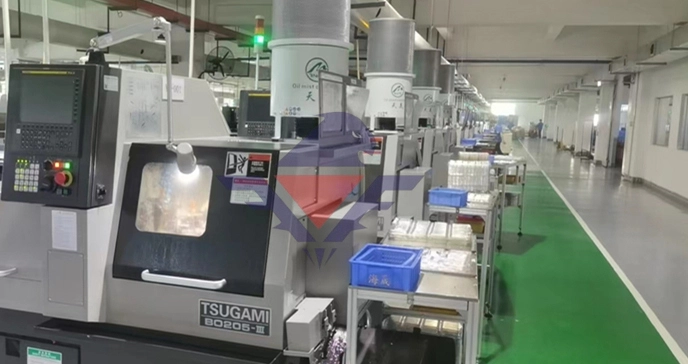
。
# Endotoxin Assay Kits for Accurate Bacterial Toxin Detection
## What Are Endotoxin Assay Kits?
Endotoxin assay kits are specialized tools designed to detect and quantify bacterial endotoxins, which are toxic components found in the outer membrane of Gram-negative bacteria. These kits are widely used in pharmaceutical, biotechnology, and medical device industries to ensure product safety and compliance with regulatory standards.
## Why Are Endotoxin Tests Important?
Endotoxins can cause severe immune responses in humans, including fever, septic shock, and even organ failure. Therefore, accurate detection and quantification of these toxins are crucial for:
– Quality control in pharmaceutical manufacturing
– Safety testing of medical devices
– Research in microbiology and immunology
– Environmental monitoring
## Types of Endotoxin Assay Kits
Several types of endotoxin detection methods are available, each with its own advantages:
### 1. Limulus Amebocyte Lysate (LAL) Tests
The most common method, using blood cells from horseshoe crabs to detect endotoxins. Includes:
– Gel-clot assays
– Chromogenic assays
– Turbidimetric assays
### 2. Recombinant Factor C (rFC) Assays
A synthetic alternative to LAL that doesn’t require horseshoe crab blood, offering:
– Consistent performance
– Animal-free testing
– Comparable sensitivity to LAL
### 3. Pyrogen Tests
Alternative methods that detect fever-causing substances, including:
– Rabbit pyrogen test
– Monocyte activation test (MAT)
## Choosing the Right Endotoxin Assay Kit
When selecting an endotoxin detection kit, consider:
– Sensitivity requirements
– Sample matrix compatibility
– Regulatory compliance needs
– Throughput and automation capabilities
– Cost-effectiveness
## Applications Across Industries
Endotoxin assay kits serve critical roles in various sectors:
### Pharmaceutical Industry
– Testing injectable drugs and vaccines
– Monitoring water for injection (WFI) systems
– Validating cleaning procedures
### Medical Device Manufacturing
– Evaluating implantable devices
– Testing dialysis equipment
– Ensuring safety of surgical tools
### Biotechnology Research
– Studying bacterial pathogenesis
– Developing new detection methods
– Investigating immune responses
## Best Practices for Endotoxin Testing
To achieve reliable results:
– Follow manufacturer instructions precisely
– Maintain proper sample handling procedures
– Validate methods for specific applications
– Implement appropriate controls
– Train personnel adequately
## Future Trends in Endotoxin Detection
Emerging technologies are shaping the future of bacterial toxin detection:
Keyword: Endotoxin Assay Kits
– Development of more sensitive assays
– Increased adoption of recombinant methods
– Integration with automated systems
– Expansion of point-of-care testing options
By utilizing high-quality endotoxin assay kits and following proper protocols, researchers and quality control professionals can ensure accurate detection of bacterial toxins, protecting patient health and maintaining product safety standards.
Comments are closed